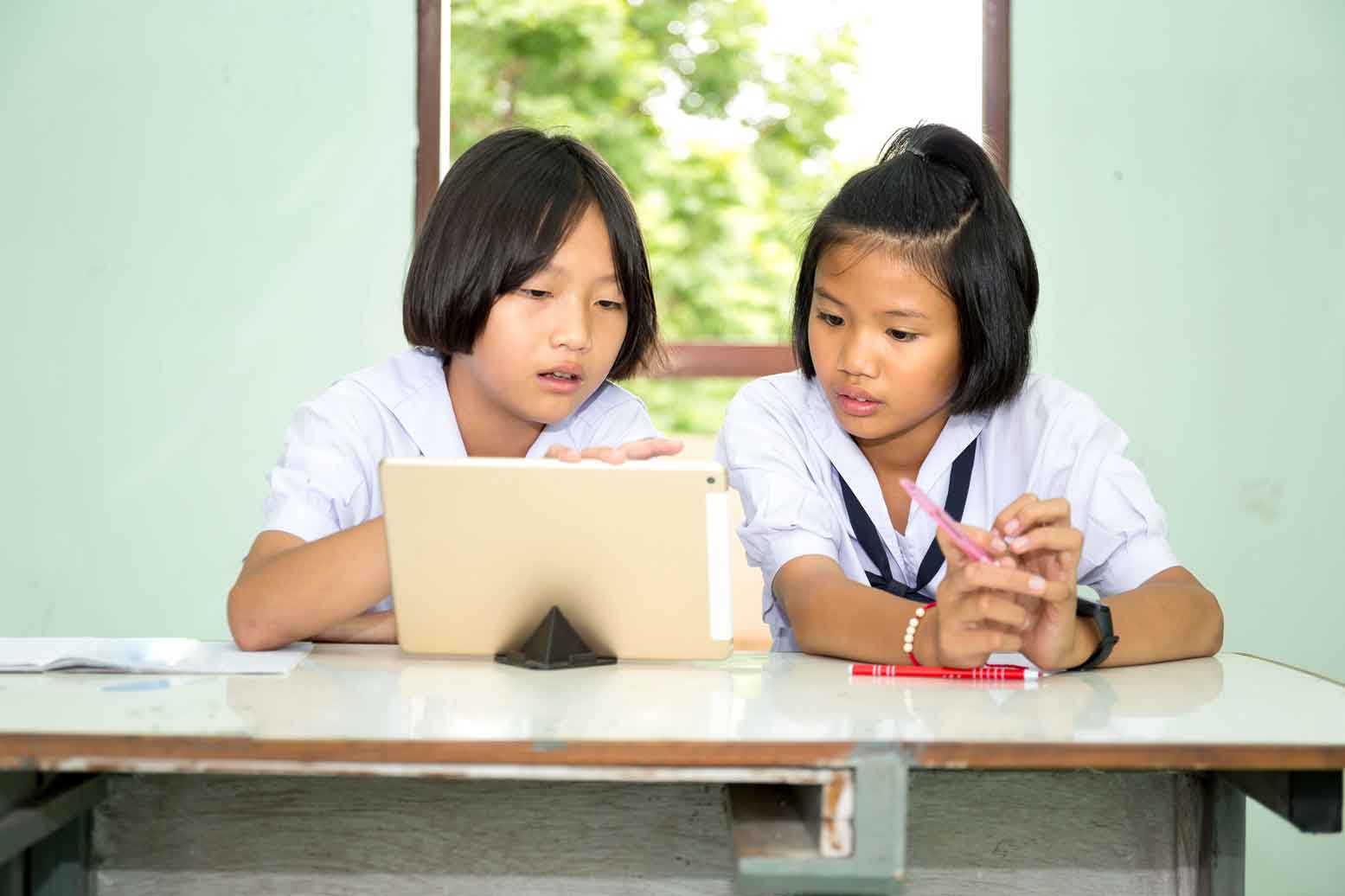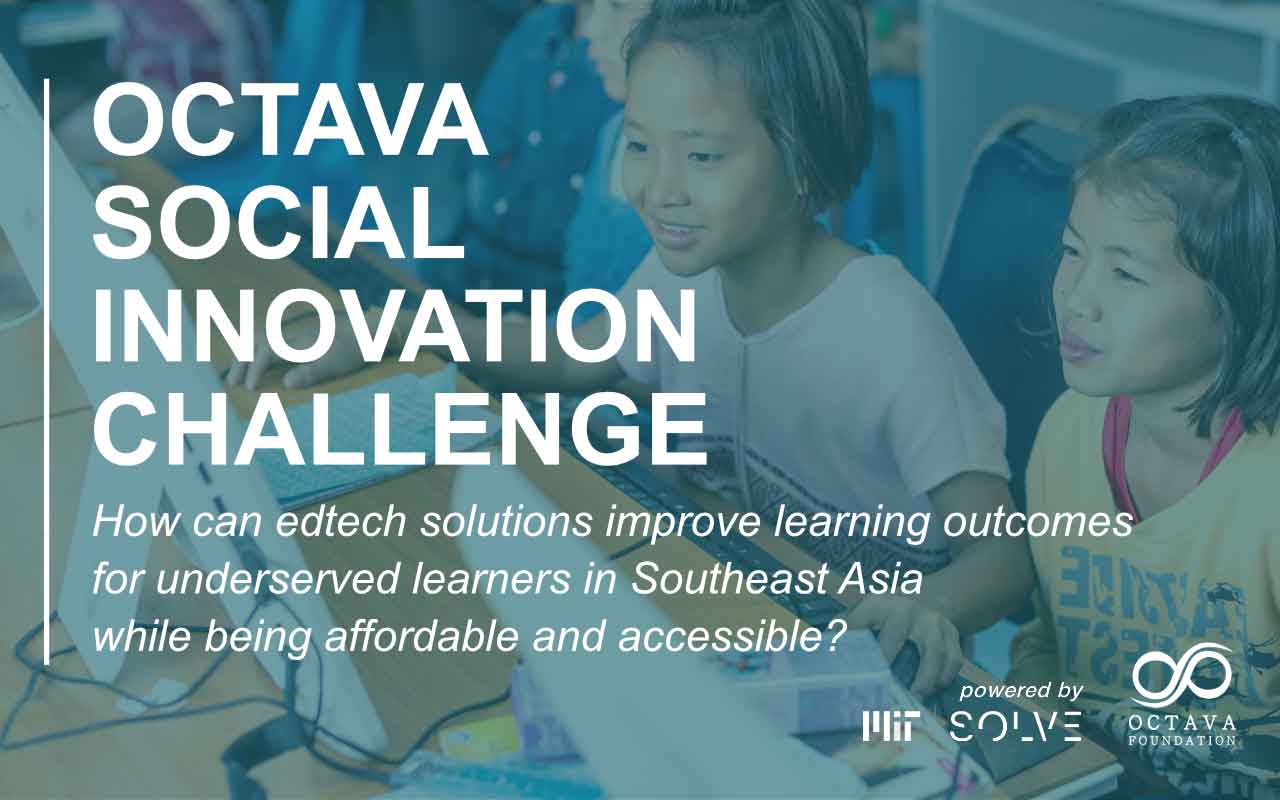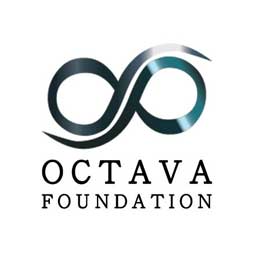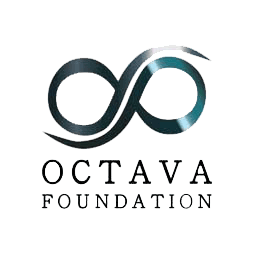How can Southeast Asia’s children reach their full potential and become lifelong learners?
Originally published on LEARNTech Asia
18 October 2021

It’s not news that social-emotional competencies (SECs) — which include self-awareness, self-management, social awareness, relationship skills, and responsible decision-making — are essential for children and adolescents to succeed in school, work, and life.
These competencies are increasingly being recognized as the “essential skills” needed for children and youth to continuously learn, unlearn, and relearn in these ever-changing times with new challenges and opportunities arising endlessly.
Childhood and adolescence are critical periods for our personal identity development, specifically when we are still trying to discover our strengths, weaknesses, likes, and dislikes.
Recognizing social-emotional competency development as a purpose and requisite outcome of K-12 education is a huge opportunity for educators to positively influence the trajectory of self-discovery in young learners.

That said, when integrating SEC development into the curriculum, it is important to recognize that it is not specific to any subject nor is it a subject in itself. Building SEC involves cognitive, social, and emotional development which can be broadly applied to all fields of knowledge. Education technologies have the potential to enhance and support the development of these competencies.
Education technology (EdTech) should be viewed as a tool for educators, parents, and caregivers of young children, to complement and extend the learning experience for young learners.
The Brookings Institution highlights four comparative advantages that EdTech, relative to traditional purely face-to-face instruction, offers to improve learning outcomes. Advantages such as facilitated differentiated instruction that allows for a greater level of personalized learning, increasing learner engagement through mixed media instruction, and self-paced learning could all contribute to a higher quality of learning experience.
Evidence-based EdTech solutions, that integrate the science of learning could encourage and enable self-awareness, self-management, and responsible decision-making in learners, these also happen to be three of the five pillars of socio-emotional competencies defined by the Collaborative for Academic, Social, and Emotional Learning (CASEL).
The benefits that EdTech could bring in enhancing quality learning were recognized even before the pandemic. In fact, global EdTech investments reached a whopping $18.66 billion in 2019 which far outpaced the high of $16.34 billion in 2018, showing the rising adoption of EdTech around the globe.
However, in many regions including Southeast Asia, EdTech is still largely serving the more affluent learners in these markets.
The more underserved learners in these countries, predominantly served through public schools, have yet to realize the benefits of EdTech in raising the quality of learning.
There are various barriers constraining the widespread adoption of EdTech in low- and middle-income countries, specifically in Southeast Asia.
In Opportunities for EdTech in Southeast Asia commissioned by Octava Foundation and MIT Solve, the Better Purpose team have identified the following barriers:
Insufficient access to electricity and connectivity
Many parts of SEA continue to have unstable electricity and internet connectivity, especially in rural and remote areas due to the poor infrastructure. An estimated 227 million children in South Asia, East Asia, and the Pacific cannot be reached by either digital or broadcast learning, according to UNICEF.
The prohibitive cost of devices and software
The cost of devices, such as mobile phones, tablets, and laptops, to access many EdTech solutions remains high and unaffordable for many disadvantaged children. Even for low-income families that have access to a device, these are often not optimal for learning and are shared between other family members, limiting the time children can access them for learning.
This might also breed gender inequality when families prioritize learning for their sons over daughters when resources are limited. Not only the families but the schools and teachers in disadvantaged communities have limited technology available to facilitate learning.
EdTech companies typically rely on B>C sales (e.g. in-app purchases) as revenue, making it very difficult for them to sustain in disadvantaged markets even if they wanted to.
Poor digital literacy, low levels of ICT integration, and lack of parent/teacher readiness
Fundamentally, students, teachers, and parents lack the digital skills and confidence to practice EdTech solutions effectively. Parents may lack the time and ability to support the child’s EdTech use at home and there is also an apparent gap in teacher training and support to prepare them for EdTech use in school.
Even if the system shows more support for EdTech, schools may not be able to act on it due to the lack of resources and limited teacher capabilities to optimally use technology for teaching.
Owing to these barriers, children in SEA living in low-resource communities have been deprived of access to quality learning opportunities. Prolonged school closures due to COVID-19 have exacerbated the learning divide in these countries as most children, teachers, and schools have limited access to resources supporting digital and remote learning.
The World Bank predicts that 63%, up from 53%, of children in low-to-middle income countries, including SEA, will experience “learning poverty” (being unable to read and understand a simple text by age 10) post-COVID if nothing is done to remediate this situation.
Not only will children suffer learning loss in foundational skills, but also in socio-emotional competencies which are potentially vital for children in vulnerable and emergency-prone environments.
In this crisis also lies the opportunity for education and technology innovators to rise to the challenge in developing solutions that:
- Increase equitable access to quality learning opportunities through open-sourced, offline, or virtual models, especially for underserved learners in low connectivity environments;
- Support educators, school leaders, and other system stakeholders through adaptive learning management systems, tools for personalized instruction, and access to professional development and training opportunities; and/or
- Equip teachers, parents, and other stakeholders within the education ecosystem with the digital literacy and confidence needed to engage meaningfully with EdTech and enable capacity building;
- Improve literacy, numeracy, and social-emotional learning milestones while supporting a diverse range of learning pace and styles;
- Strengthen delivery of STEM and 21st-century skills for learners to effectively build work readiness.
To support these innovations, the inaugural Octava Social Innovation Challenge, powered by MIT Solve, aims to identify and support accessible and affordable education solutions that utilize technology and improve learning outcomes for underserved K-12 learners in Southeast Asia. The Challenge seeks solutions operating in at least one of our target countries: Indonesia, Malaysia, the Philippines, Thailand, and/or Vietnam.
A total pool of $500,000 in prize funding is available to the selected winners. In addition to funding, the winners will participate in a ten-month tailored support program run by MIT Solve and Octava Foundation to scale their solutions and deepen their impact.
Since the pandemic, there has been a lot of talk on “building back better.” However, we at Octava Foundation, see an urgency to build education “forward better” with social-emotional competency development for all children as an important bridge in that process.
Through the Octava Social Innovation Challenge, we are excited to see the breadth of innovative ideas targeting the learners at the bottom of the pyramid across the region.
We are hopeful that this is just one of the many efforts, playing a catalytic role, for more innovators, funders, educators, and policymakers to rise to the challenge of making access to quality learning more equitable for all children.


